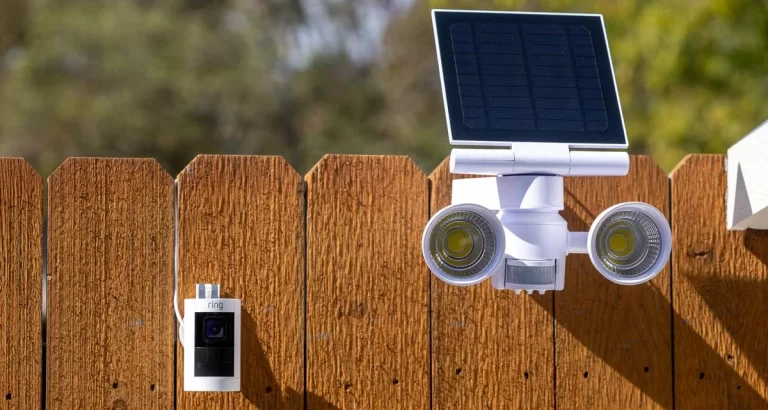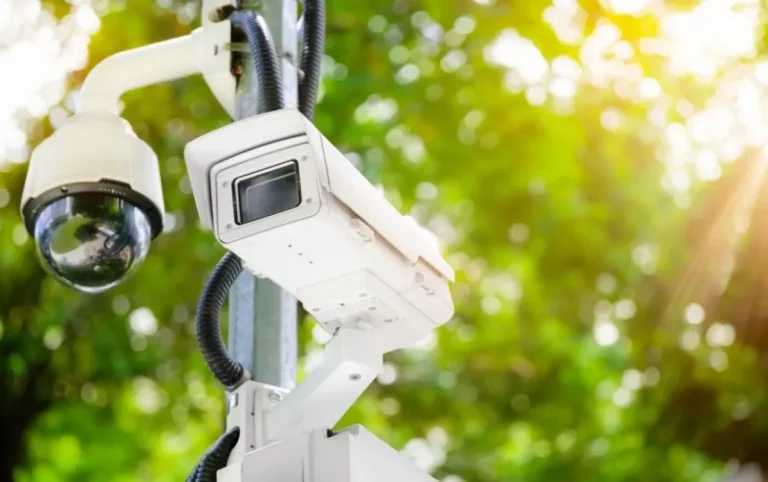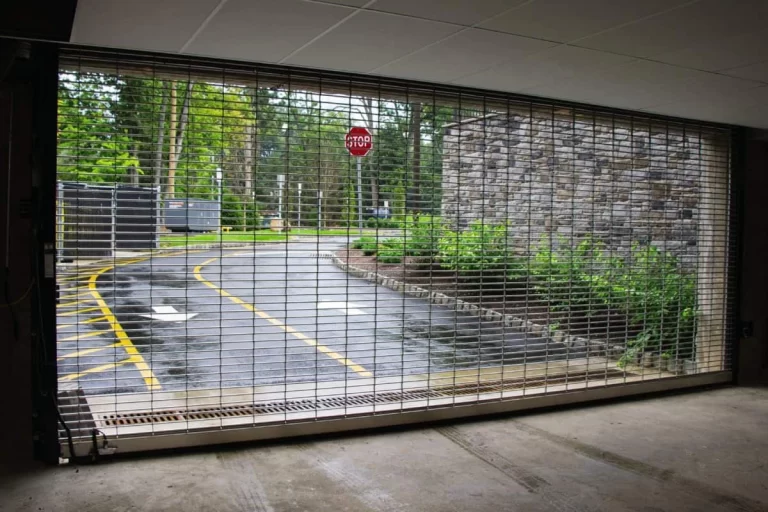What is the Function of the Window Sensor?
What is the function of the window sensor? Welcome to the world of window sensors! These unassuming devices play a pivotal role in modern security and home automation systems.
In this article, we will unravel the mystery behind their functioning, answering the question, “What is the function of the window sensor?”
With their widespread use in homes and businesses, understanding their purpose is crucial. So, let’s dive in and explore the fascinating world of window sensors.
What is the Function of the Window Sensor?
At its core, a window sensor is a small yet ingenious device designed to detect any unauthorized opening or closing of windows or doors.
Its primary function is to enhance security by alerting homeowners or business owners to potential intrusions. But how does it accomplish this task? Let’s break down the key components of a window sensor’s function:
1. Detection Mechanism
Window sensors employ a variety of technologies to detect changes in the status of a window or door. The most common types are magnetic reed switches and optical sensors.
Magnetic reed switches consist of two components: a magnet and a switch. When the window or door is closed, the magnet keeps the switch closed.
However, when the window or door is opened, the magnetic field is disrupted, causing the switch to open and trigger an alert.
Optical sensors, on the other hand, use infrared or laser technology to detect motion or changes in light levels.
2. Communication
Once a window sensor detects a change in status, it communicates this information to a central control panel or a connected security system.
This communication can occur through wired or wireless connections, depending on the type of sensor and system in use.
3. Alerts
When an unauthorized opening or closing of a window or door is detected, the window sensor sends an alert to the central control panel or the connected device, such as a smartphone or computer.
This alert can take various forms, including a loud alarm, a notification, or even a text message.
4. Integration
Window sensors are often integrated into broader security systems, allowing homeowners or business owners to monitor and control their properties remotely.
This integration enhances security and convenience by providing real-time updates and the ability to respond promptly to any security breaches.
Types of Window Sensors
Window sensors come in various types, each with specific functions and applications. Let’s take a closer look at the most common types:
1. Contact Sensors
These sensors use magnetic reed switches and are installed on window frames and adjacent door frames. They trigger an alert when the window or door is opened, making them ideal for detecting unauthorized entry.
2. Motion Sensors
While not exclusive to windows, motion sensors can be placed near windows to detect any movement or intrusion. They are especially useful for large windows or sliding glass doors.
3. Glass Break Sensors
These sensors are designed to detect the sound of breaking glass. They are particularly useful for windows that cannot accommodate contact sensors, such as casement windows.
4. Vibration Sensors
Vibration sensors are sensitive to any vibrations caused by attempts to force open a window. They trigger an alert when unusual vibrations are detected.
Benefits of Window Sensors
Now that we understand how window sensors work, let’s explore the numerous benefits they offer:
1. Enhanced Security
One of the primary functions of window sensors is to bolster security. By alerting homeowners or business owners to potential intrusions, these devices act as a powerful deterrent to would-be burglars.
The mere presence of window sensors can make criminals think twice before attempting a break-in.
2. Peace of Mind
Knowing that your home or business is equipped with window sensors provides peace of mind. You can rest easy, knowing that you will be promptly alerted to any suspicious activity, even when you’re away.
3. Integration with Smart Home Systems
Modern window sensors are often part of comprehensive smart home security systems. This integration allows you to monitor and control your security from your smartphone or computer.
You can receive real-time alerts, arm or disarm your system remotely, and even view live camera feeds if you have security cameras installed.
4. Energy Efficiency
Some advanced window sensors can also contribute to energy efficiency. They can communicate with your HVAC system to adjust heating or cooling when windows are opened or closed, helping you save on energy bills.
Conclusion
In conclusion, the function of the window sensor is to detect unauthorized openings or closings of windows or doors and enhance security. These small but powerful devices offer peace of mind, convenience, and integration with smart home systems.
Whether you’re concerned about the security of your home or business or you simply want to make your daily life more convenient, window sensors are a valuable addition to any property.
So, don’t hesitate to invest in these modern marvels of security technology and experience the benefits firsthand.
What is the function of the window sensor? It’s your silent guardian, protecting your space and giving you the confidence to live life without worry.
READ ALSO!!!




